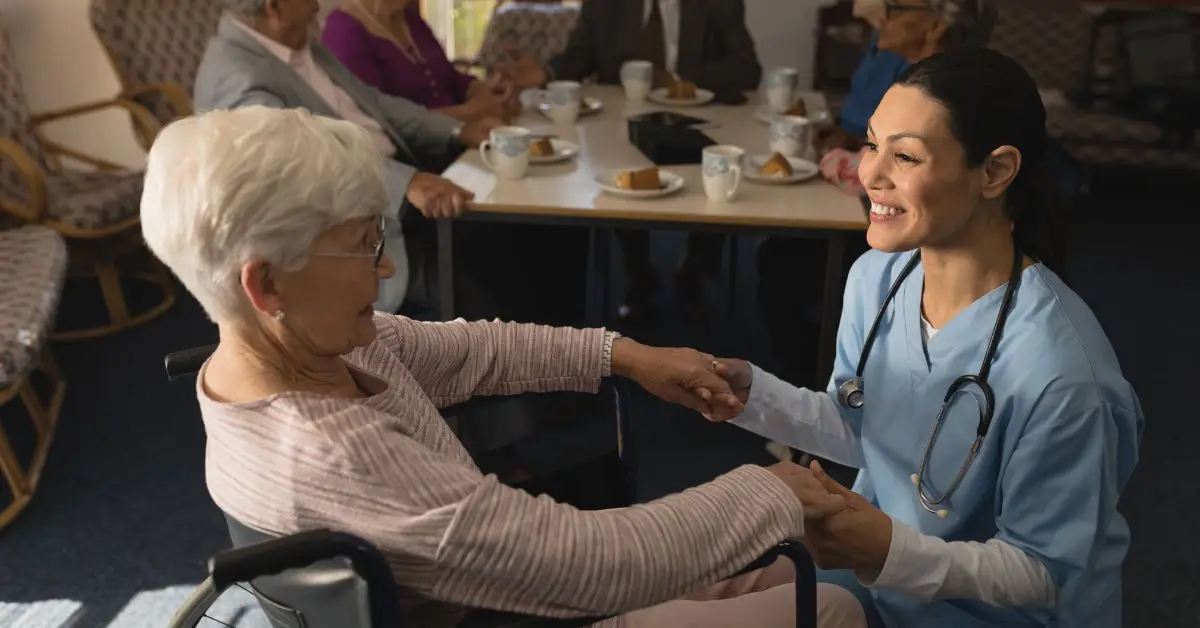Denmark’s nursing homes are facing growing disparities in staffing levels, with some facilities having nearly triple the residents per caregiver compared to others, a new study reveals. The findings also indicate that residents’ care needs are rising, intensifying pressure on the system.
Major Differences in Staffing Across Municipalities
A recent study conducted by Vive, Denmark’s National Research and Analysis Center for Welfare, has unveiled significant variations in staffing ratios at Danish nursing homes, depending on the municipality. On average, there are 2.6 residents for every staff member during day shifts, but the distribution is uneven. At some homes, a single caregiver is responsible for as few as 1.4 residents, whereas in others, that number rises to 4.1.
This disparity has raised concerns about equity and quality of care for Denmark’s elderly population. Municipalities with fewer caregivers per resident offer more personalized care, whereas those with higher ratios may struggle to meet individual needs adequately.
Medical Needs of Residents Are Increasing
The study, commissioned by the trade union FOA and the senior advocacy group Ældre Sagen, also highlights how resident needs have evolved over time. Data collected from surveys sent to leaders of all 923 nursing homes across the country indicates a growing complexity of care.
One of the most striking findings is the increase in residents with dementia. In 2019, approximately 51 percent of nursing home residents had a diagnosed dementia-related illness. That number has now jumped to 59 percent in 2025. However, nursing home directors believe the actual percentage may be even higher because many residents show dementia symptoms but have not been formally diagnosed.
Several nursing home managers also reported that residents are entering care at later stages in their life, often needing more intensive support from the moment they move in. This means that despite staffing levels remaining constant since 2019, the workload per staff member has increased considerably.
Night Shifts Under Extreme Pressure
The study also revealed a concerning picture of nighttime care, with some staff members responsible for dozens of residents on their own. In Middelfart, a caregiver on a weekend night shift typically oversees just under 14 residents. But in Mariagerfjord, the same role can involve the care of up to 37 residents. Such conditions have raised ethical questions about the quality and safety of overnight care.
Disparities like these mean that the level of care an elderly person receives can depend heavily on their postal code. Public debate has intensified over whether Denmark’s decentralized system, where municipalities are responsible for administering elder care, is adequately ensuring equal access and standards nationwide.
Lack of Change Despite Rising Demand
Even though the demand for care has grown, the average staff-resident ratio has not improved since Vive’s previous study six years ago. Experts warn that this stagnation is unsustainable, especially given the growing number of residents requiring dementia care and assistance with daily tasks.
The trade union FOA emphasizes that while some municipalities may have nursing home residents with lower care needs, this represents a minority. In most cases, residents enter the system only when they have substantial and complex needs. The organization argues that current staffing does not match this reality.
Maintaining Dignity in Later Life
Senior advocacy groups stress that access to dignified and adequate elder care should not vary based on geography. With a rising elderly population and increasingly complex health challenges, systemic adjustments may be required to standardize care delivery.
Stakeholders are now calling on the Danish government and municipalities to address the growing inequalities in elderly care provision and to ensure that staffing reflects the true needs of residents.
In the coming months, continued focus from policymakers, industry experts, and unions will be critical as Denmark navigates how to sustain and future-proof its elder care system.




